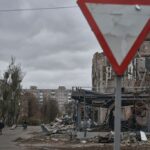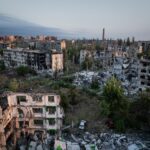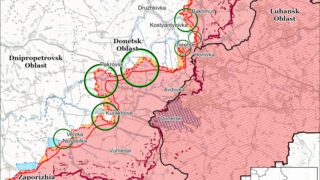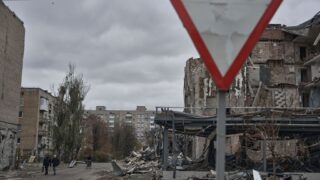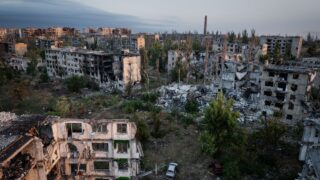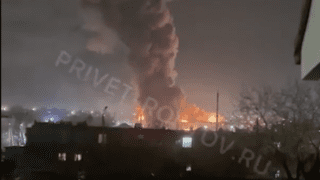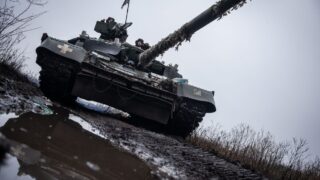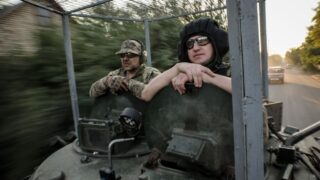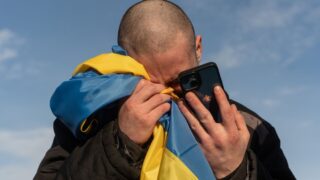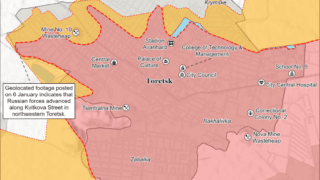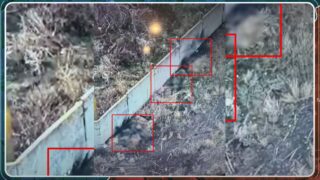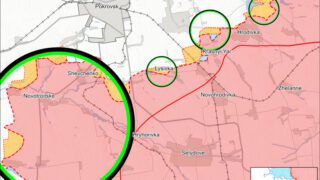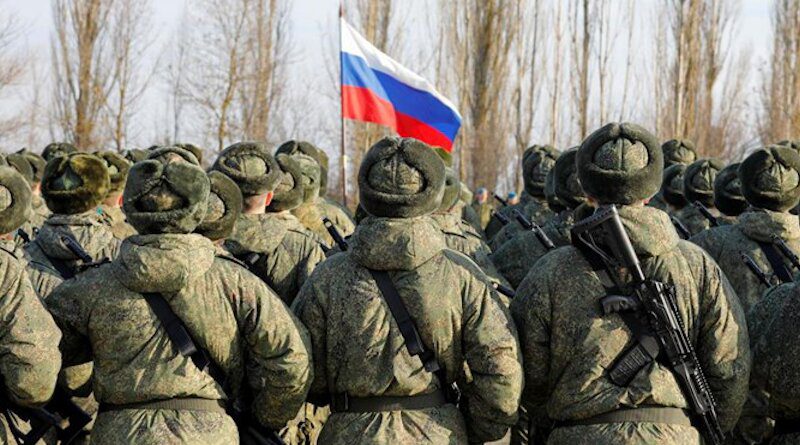
ISW: Russia’s 2024 gains in Ukraine limited to rural areas despite massive human cost
Russian forces captured 4,168 square kilometers of Ukrainian territory in 2024, primarily consisting of fields and small settlements, while suffering approximately 427,000 casualties, according to the Institute for the Study of War (ISW).
During the three years of the full-scale invasion of Ukraine, Russia has lost 784,200 soldiers, according to the Ukrainian Armed Forces Commander-in-Chief Oleksandr Syrskyi.
Russian forces are making slow but gradual advances on the frontline in Ukraine, particularly focusing on Donetsk Oblast. They also continue targeting civilian and energy infrastructure across the whole country to terrorize the population.
The ISW emphasizes that Western aid remains critical for Ukraine’s ability to stabilize the frontline in 2025, particularly given ongoing Ukrainian manpower constraints and morale challenges.
The think tank calculated that Russian forces sustained roughly 102 casualties for each square kilometer captured in 2024. More than half of Russia’s 2024 territorial advances occurred during an intensified offensive period from September through November.
Russian Security Council Deputy Chairperson Dmitry Medvedev stated that 440,000 new recruits signed military service contracts in 2024, suggesting recruitment barely kept pace with casualties.
The daily casualty rate reached new heights in December, averaging 1,585 personnel per day according to the Ukrainian General Staff, even as territorial gains slowed to 18.1 square kilometers daily, down from nearly 28 square kilometers per day in November.
Ukrainian Commander-in-Chief Colonel General Oleksandr Syrskyi noted that in the final week of December, Russian forces were suffering approximately 1,700 casualties per day.
ISW reports that Russia’s military command focused on capturing the remainder of Donetsk Oblast and establishing a buffer zone in northern Kharkiv Oblast, though neither objective was achieved.
Key Russian victories included capturing Avdiivka in mid-February and subsequent advances toward Pokrovsk and Selydove in Donetsk Oblast.
However, ISW reports that the effort to create a buffer zone near Russia’s Belgorod City that borders Ukrainian Kharkiv Oblast proved largely unsuccessful.
Russian offensive in Donetsk Oblast
Throughout 2024, Russian forces captured four mid-sized settlements – Avdiivka, Selydove, Vuhledar, and Kurakhove – with the largest having a pre-war population of 31,000. ISW notes that none of these captures have proved operationally significant, as they haven’t enabled threats to major Ukrainian defensive positions or led to deep penetrations of Ukrainian lines.
At the current rate of advance, ISW calculates it would take Russia over two years to capture the remaining 8,559 square kilometers of Donetsk Oblast, assuming all advances were confined to that region and excluding the possibility of Ukrainian counteroffensives.
While Ukrainian forces have slowed Russian advances near some locations like Chasiv Yar and Toretsk, ISW notes that Russian forces continue making gradual progress around Pokrovsk, Kurakhove, and Velyka Novosilka.
Russia’s losses near Pokrovsk are comparable to the entire Western Military District’s strength as of 2022, which was originally prepared for conflict with NATO. Total casualties are estimated at around 150,000 over 13 months, surpassing the 100,000 losses Russia suffered in the battles for Bakhmut.
To contextualize, Russia’s tank losses at Pokrovsk exceed the total number of tanks possessed by any European nation. Additionally, the number of Russian casualties in the Battle of Pokrovsk is comparable to the entire strength of the UK’s Armed Forces.
If Russia can secure Pokrovsk, it would degrade Ukraine’s supply situation significantly, allowing for further advances into the Donbas region.
Related:

